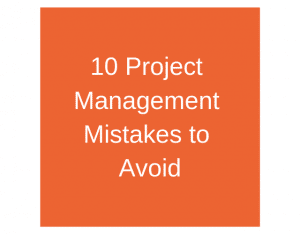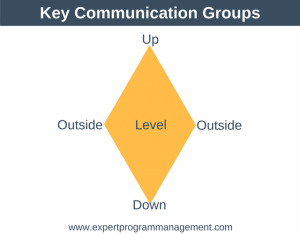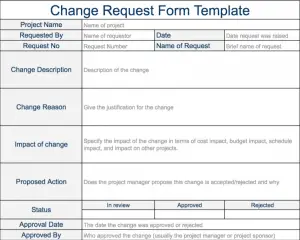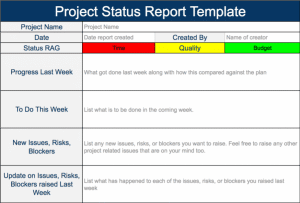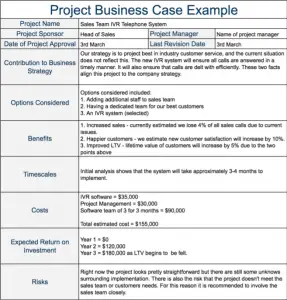This article is the first in a series of articles that will equip you with the knowledge to manage any project from start to finish.
This first article of the series will lay the groundwork for what’s to come. The contents of this article may seem basic, but even if you’ve managed projects before, you might still find something of value here.
Why Do We Need Project Management?
You may think that project management as a discipline is a relatively new phenomenon, only having come into existence during the Industrial Revolution, but you’d be wrong.
The history of project management goes back over 3,000 years. Almost all great human projects would have necessitated project management to ensure their coordinated and successful completion, including:
- Stonehenge (circa. 3,000 BC.)
- The pyramid at Giza (circa 2,560 BC.)
- The Great Wall of China (206 BC.)
- The Colosseum (70 AD.)
The Great Pyramid at Giza was built as a tomb for the Egyptian pharaoh Khufu. It is made of 2.3 million blocks of stone, weighing over 5.9 million tonnes. It was built over 20 years, requiring 100,000 workers to complete.
Even though it may not have been known by the name project management at the time, project management would have been required to ensure the pyramid was built in a systematic and controlled manner by all 100,000 people involved in making it.
The same is true for all the other human achievements listed here.
The project management fundamentals for all of these structures would have involved lots of the tasks we would recognize today from project management, including:
- Planning the work and the order in which workers should do it.
- Ensuring that the quality of work is as expected.
- Rectifying problems as they arise.
- Communicating progress updates to the person who commissioned the project.
The takeaway is to realize that project management isn’t something corporations or MBA graduates invented to add bureaucracy and slow initiatives down, but something that is necessary and vital for certain complex undertakings to be completed successfully.
Project Management Accreditations
Before we go any further, let’s look at the professional qualifications for project management. While each of these qualifications is different, there is much similarity between them.
For our purposes, it is not important to understand the differences between these qualifications, but it is important to know that these qualifications exist. The main ones are:
- PMP: Project Management Professional. This qualification is provided by the PMI (Project Management Institute) and is the most widely recognized project management qualification globally.
- PRINCE2: PRojects IN a Controlled Environment. A UK project management qualification jointly owned by the UK Cabinet Office and Capita Ltd.
- PMQ: Project Management Qualification. A project management qualification overseen by the Association of Project Managers Group (APMG).
What Is A Project?
All kinds of initiatives can be projects, for example:
- Creating a new product or service.
- Running a political campaign.
- Constructing a building.
- The purchase and integration of another business.
- Sending a man to Mars.
Given such variety, what do all these projects have in common?
To answer this question, let’s examine the definition of a project. There is actually no single definition of a project, but some of the common definitions are:
- The PMI defines a project as “a temporary endeavor undertaken to create a unique product, service, or result.”
- In PRINCE2, a project is defined as “a management environment created for the purpose of delivering one or more business products according to a specified business case.”
- The Oxford English dictionary defines a project as “an individual or collaborative enterprise carefully planned to achieve a particular aim.”
Characteristics Of A Project
Although there isn’t a shared definition of a project, by examining these definitions, you can see that some characteristics stand out.
1. Projects are Temporary
Projects are temporary, meaning they have a start and end date. When the work of the project has been completed, the project team that worked on the project is disbanded. In this way, projects differ from business as usual, which is concerned with day-to-day operational tasks.
2. Projects are Unique
If you look again at the PMP project definition, you will see that projects are undertaken to create a unique product or service. Because the project or service you’re creating is unique, then so is the project.
This may be stating the obvious, but the fact that projects make something unique means that the project hasn’t been undertaken before.
This uniqueness introduces risk – unforeseen issues that arise during the project, threatening to delay it, or worse.
3. Projects have Defined Deliverables
Deliverables are the measurable outputs that the project delivers. They may be small, such as in a project to fit a new kitchen, or large, such as a project to provide a new nationwide unified healthcare system.
Tools such as a Product Breakdown Structure (PBS) and Work Breakdown Structure (WBS) (which we’ll look at soon) will often be used here to help identify the deliverables and the work needed to create them.
4. Projects Bring about Change
Because projects produce something unique, the world that exists after the project is completed will be different from the world that existed before the project was started.
This change to the world might be small, such as after we have fitted a new kitchen in our home, or it might be huge, such as after the completion of the project to provide internet access to all people in the developing world.
5. Projects Consume Resources
Someone needs to do the work of the project as it isn’t going to do itself. A small project might have one or two people working on it, whereas a large project could have thousands of people working on it.
6. Projects have a Business Case
A project is not worth undertaking unless its deliverables achieve some useful aim.
There are many reasons to undertake a project. The reason can be tangible, such as to increase revenue or reduce costs. Equally, it can be intangible, such as to better prepare for the future or align an organization with its new strategy.
Business Cases will vary in formality from project to project and organization to organization. A startup initiating a project is probably operating in a very simple environment – often only running one project, and the project manager has direct access to the founder if they have questions. In this environment, perhaps no formal business case will exist other than the founder’s authorization to start. This is very different from a large organization trying to achieve many simultaneous objectives.
What is Project Management?
Now that we understand what a project is, we can see that project management is the processes, techniques, and skills to achieve the project’s objectives.
The aim of project management is to deliver the agreed deliverables predictably, on schedule, on budget, and to the agreed quality level. All of these components of the project combined define the scope of the project.
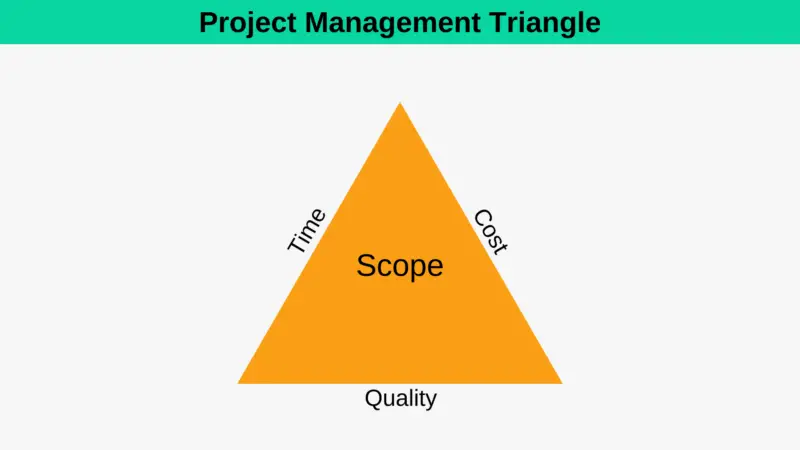
This diagram is known as the project management triangle, or sometimes the triple constraint or iron triangle diagram. What it is showing you is twofold. That:
- The scope must be specified in terms of the project schedule, the quality level required, and the budget available to complete the work.
- If a significant issue occurs and you can no longer complete the project as planned, then you must compromise on the timeframe, the budget, or the quality level.
If we cannot compromise on these three values, then the only option remaining is to compromise on the scope itself.
It should be obvious that delivering complex projects that deliver unique things that have never been undertaken before can go wrong. This is why the word “predictable” is important.
We’re trying to manage delivery in a predictable way to an agreed scope. When things go wrong, which is natural and sometimes unavoidable, we must agree to a scope change if we’re going to continue to deliver the project predictably.
This could mean increasing the time available to deliver the project or reducing the deliverables, for example.
It can sometimes be easy to be overwhelmed by the complexity of different project management techniques, different project management methodologies, and different tactics for managing teams and projects, so it is worth remembering that at its heart, there are just four simple steps to project management:
- Ensure you understand why the project is being done and what the project will produce.
- Plan the project to understand how long it will take and the cost.
- Manage the project to ensure it meets its scope (deliverables, budget, timescale, and quality).
- Close the project once everything delivered by the project is of the required quality.
Project Management Fundamentals: Our Take
Project management can often seem as though bureaucrats invented it during the Industrial Revolution, but in fact, its use dates back over 3,000 years.
There are many approaches to project management and many different tools associated with project management, so it can be easy to think of project management as being very complex. But at its heart, project management needn’t be complicated. It’s about creating something unique to achieve an aim in a controlled way.
